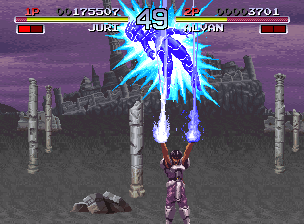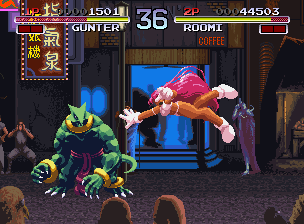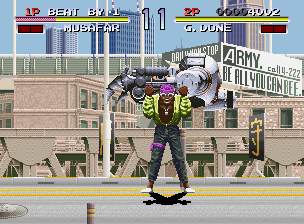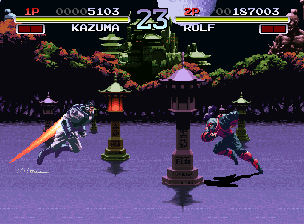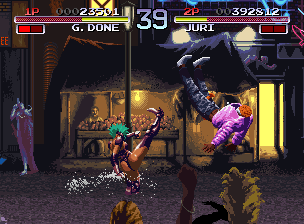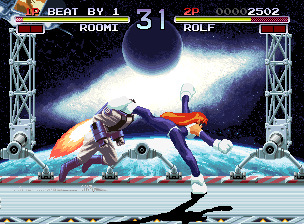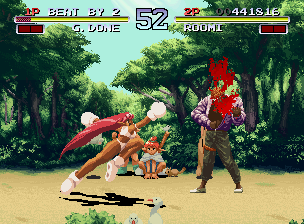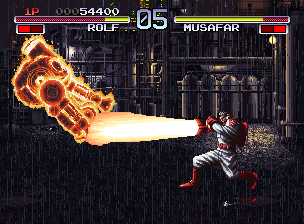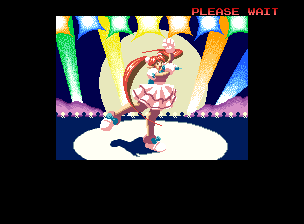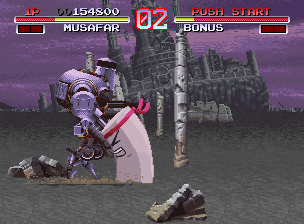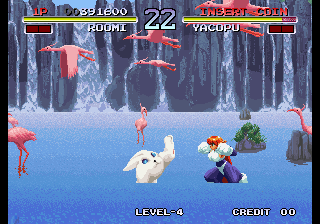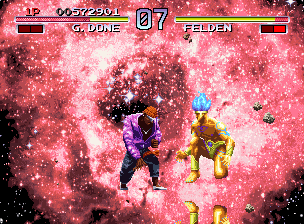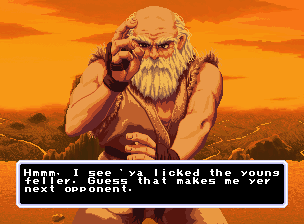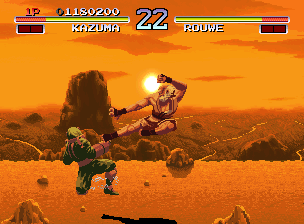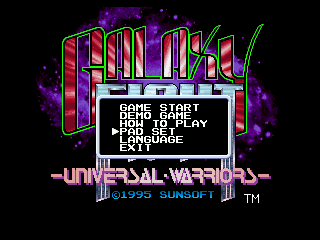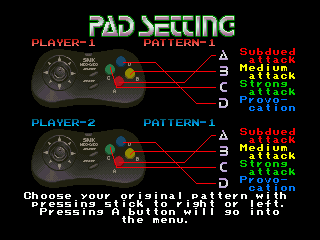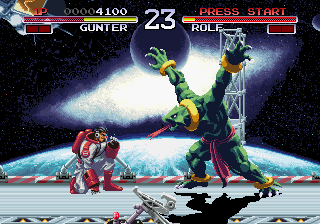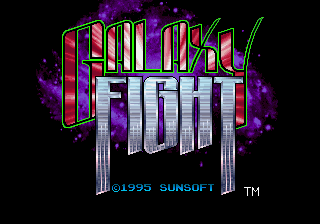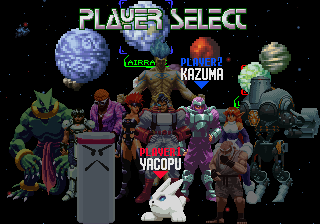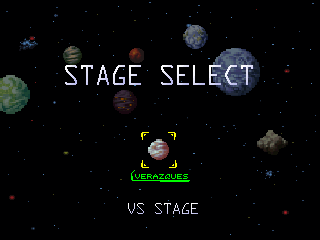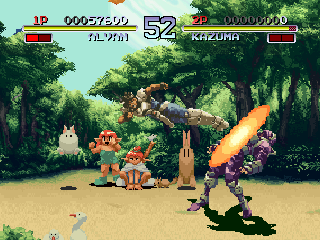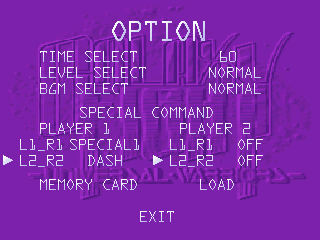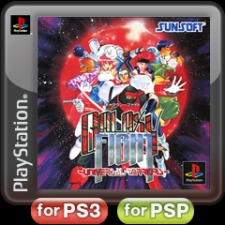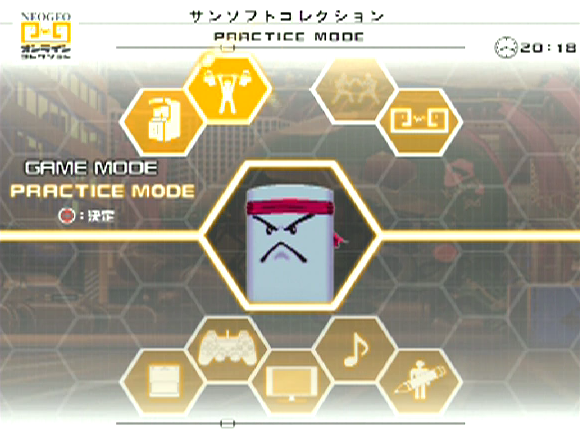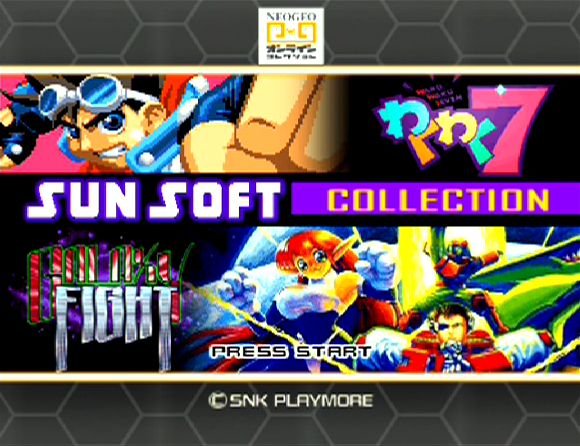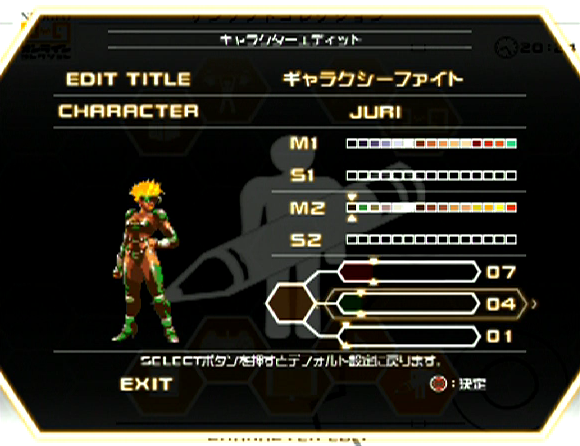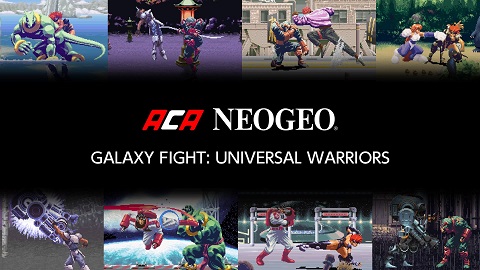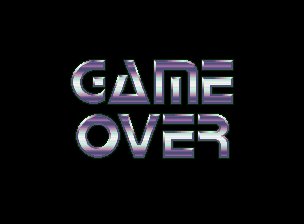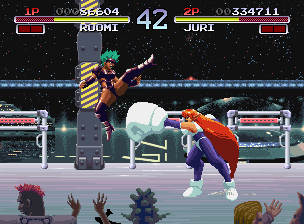
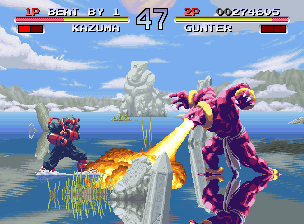


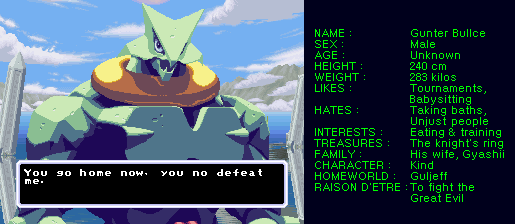  He came from the famed Clan of Knights. He has been told he is the one to be the clan's champion to fight a powerful evil. |
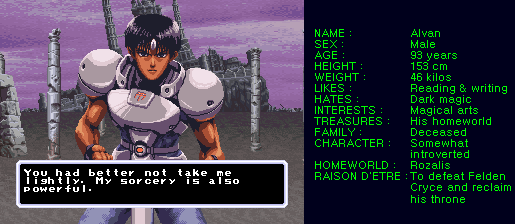  The rightful prince of the world Rozalis, who uses his magical powers in battle. |
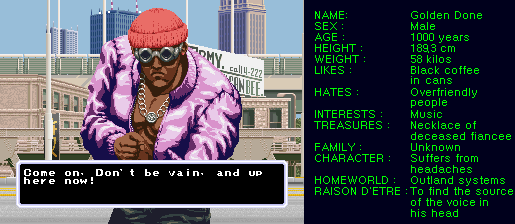  This poor creature has no memory of anything, and no idea who he is or where he comes from. The only thing that keeps him going is the voice inside his head. He must find the source of the voice... |
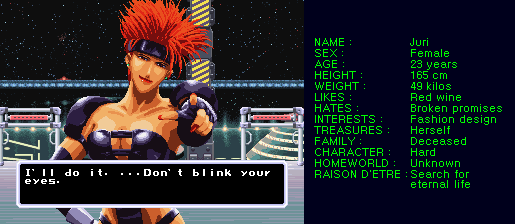  Power and beauty both define this famous galactic robber. Her speed and kick attacks make her difficult to defend against. |
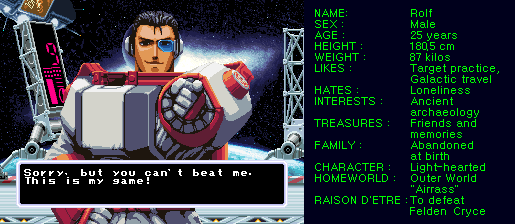  Carrying his trusted Silver Pack, Rolf travels through the galaxy looking for excitement, which is why people call him the "Galactic Adventurer". His special attacks are assisted by an internal booster pack, enhancing his fighting abilities. |
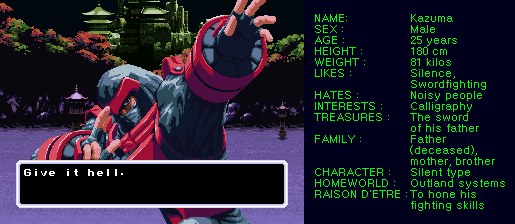  His dream is to carry on the tradition taught to him by his late father, and to become even stronger than his father was. |
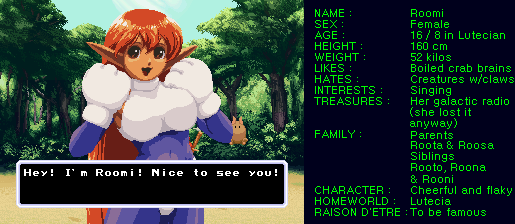  She left her home to seek fame and fortune. Her unusual movements and fighting style make her a challenging opponent. |
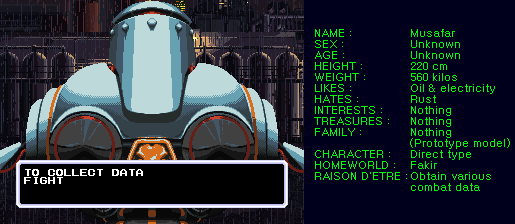  The Fakir Empire's newest technology has been used to create this battle robot. It has been sent to gather data on battle techniques. |
